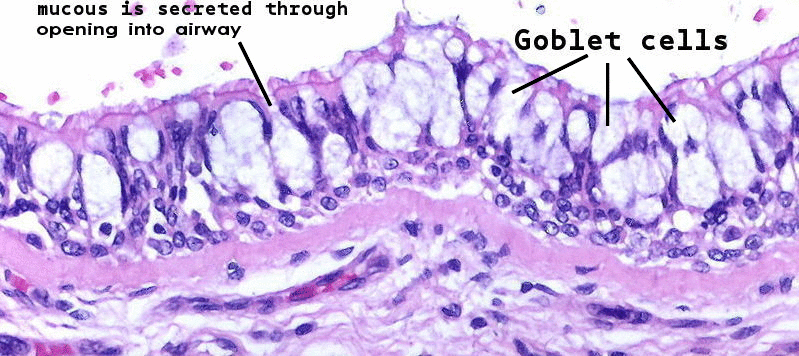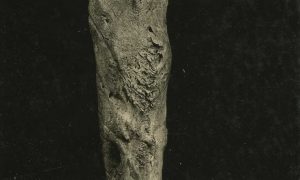BRONCHIAL ASTHMA

It is a disease of the airway that is characterized by increased responsiveness of the tracheobronchial tree to a variety of stimuli resulting in spasmodic narrowing of the air passage. It is manifested clinically by paroxysms of dyspnoea, cough, and wheezing.
Etiopathogenesis
-Based on stimuli initiating, 2 etiologic types are-
-
Extrinsic
(atopic or allergic asthma) – It is the most common type. Hypersensitivity to various extrinsic antigenic substance “allergens” are usually present eg. House dust, pollens, fumes, gases, chemical dust. There is an increased level of IgE in serum.
-
Intrinsic
– intrinsic type develops later with negative personal and family history of allergy and normal serum IgE level and there are no recognizable allergens but the patient becomes hypersensitive to drugs.
Morphological features
Grossly-
Lungs are overdistended due to over inflation shows characteristic occlusion of the bronchi and bronchioles by the viscid mucus plug.
Microscopically-
The mucus plug contains normal or degenerated epithelium forming twisted strips called curschmann’s spirals, sputum contains numerous eosinophils and diamond shaped crystals derived from eosinophils called Charcot Leyden crystals. Bronchi wall shows thickened basement membrane of bronchial epithelium, submucosal edema, and inflammatory infiltrate consisting of lymphocytes, plasma cell with the prominence of eosinophils.
<< Back to COPD Bronchiectasis>>



